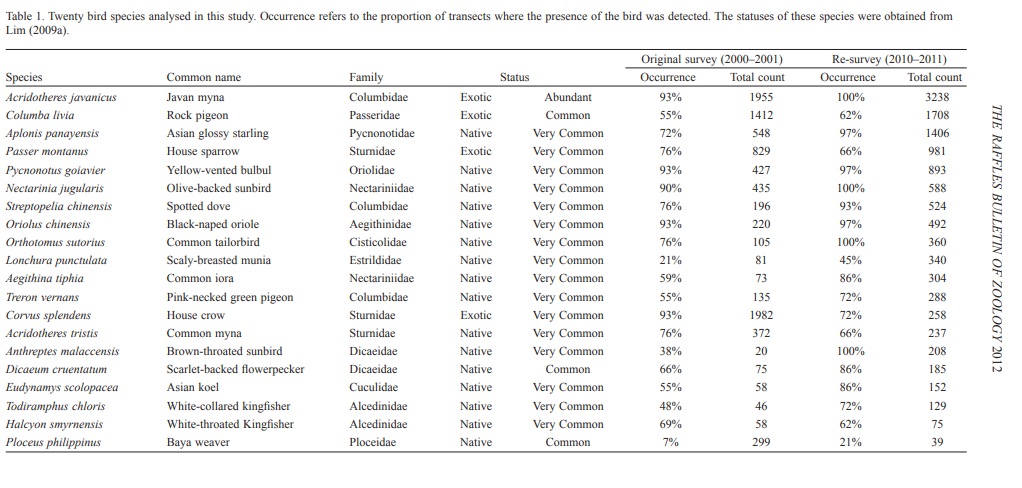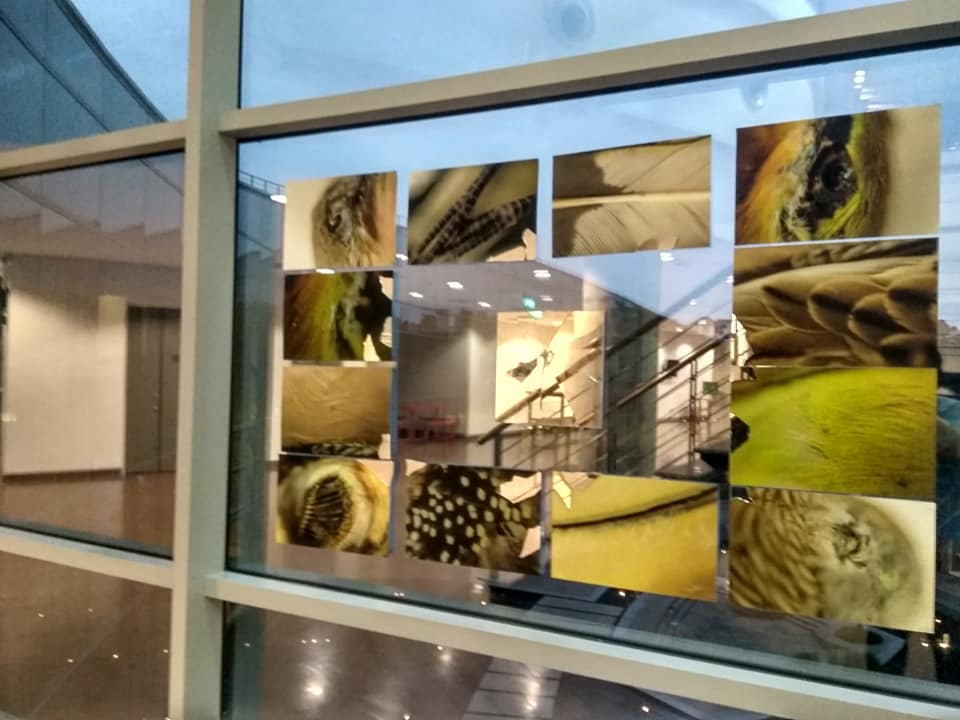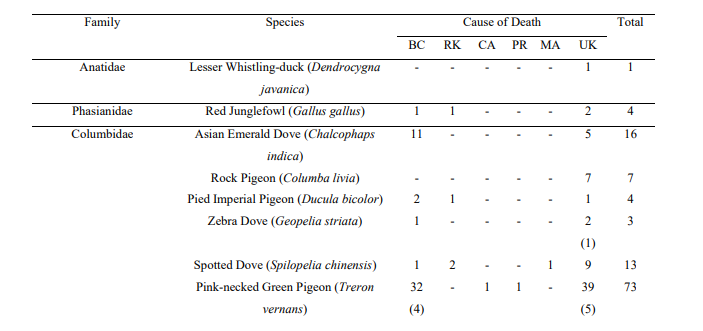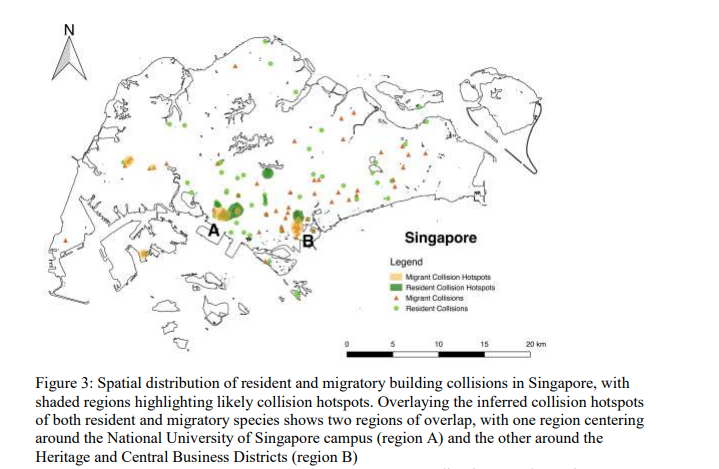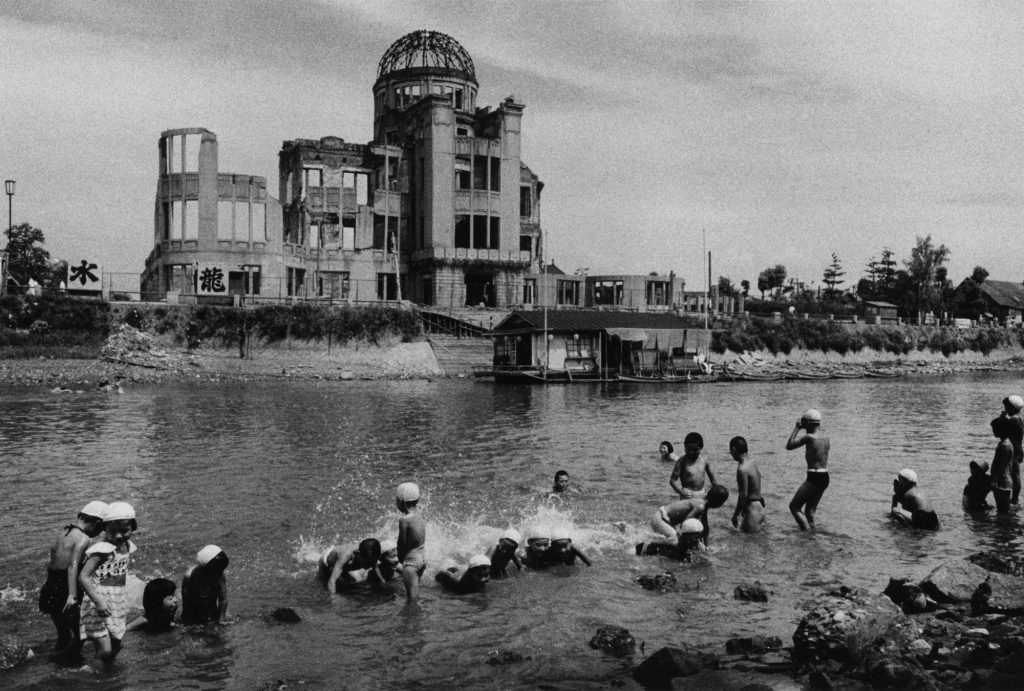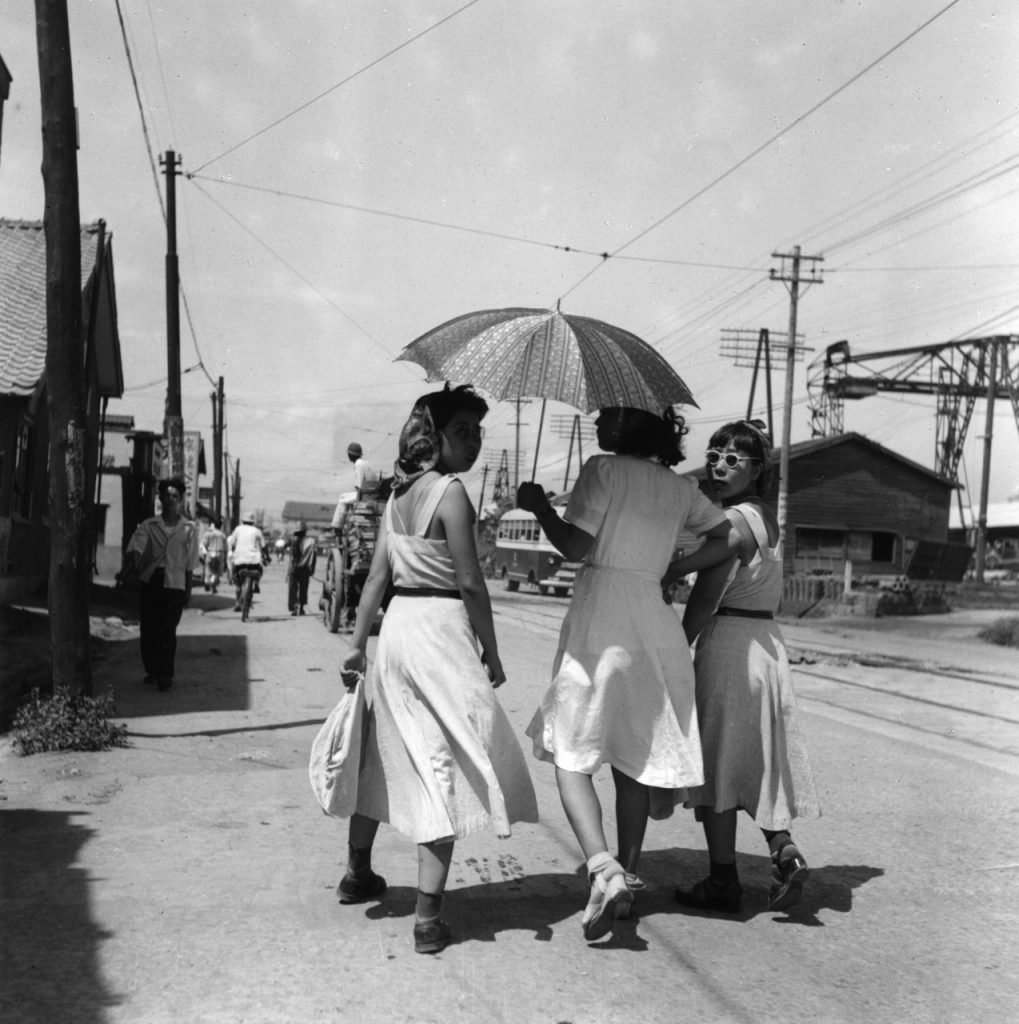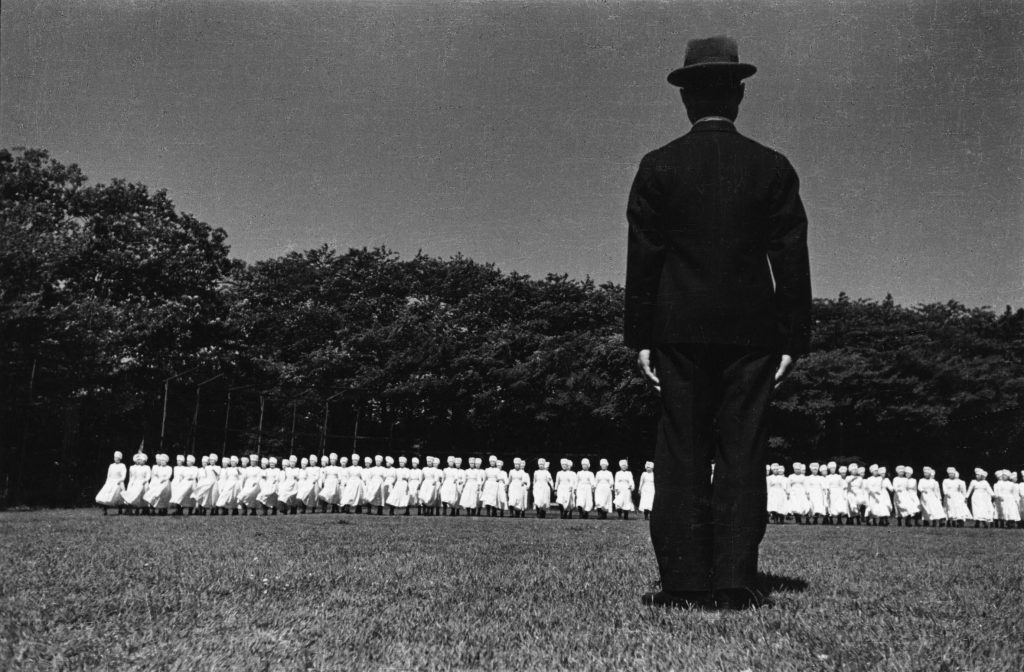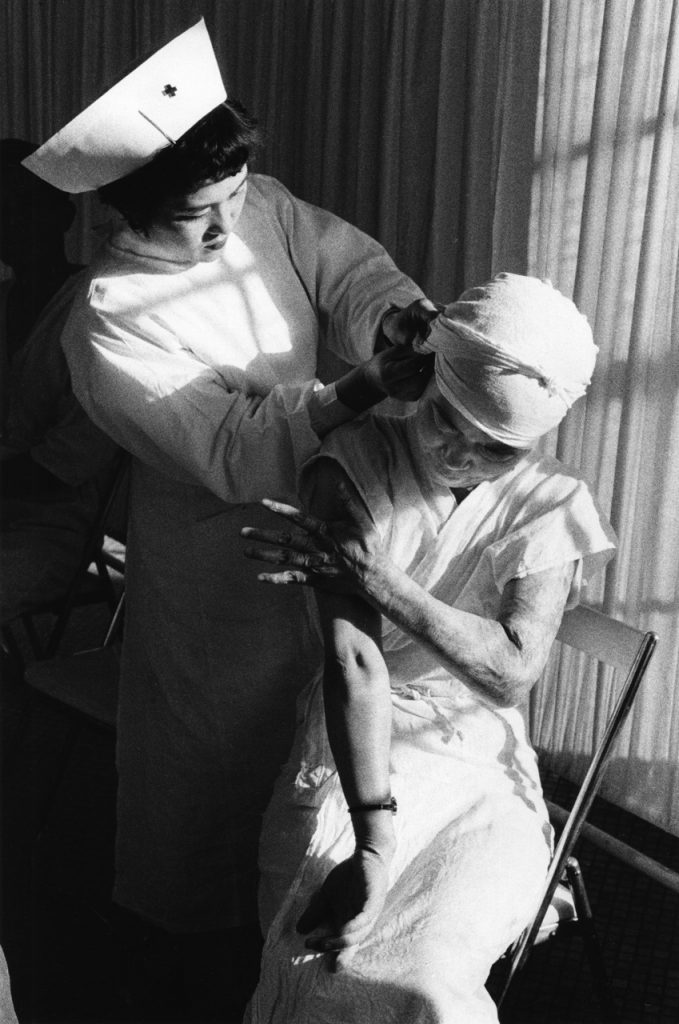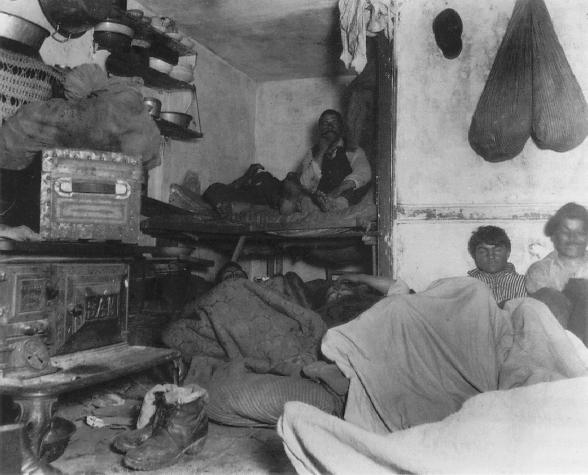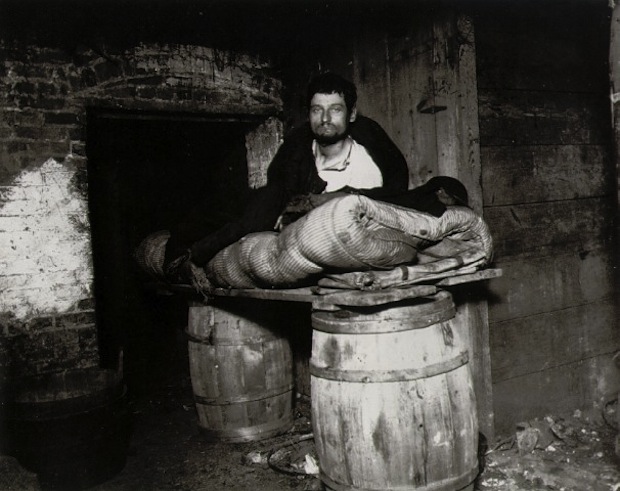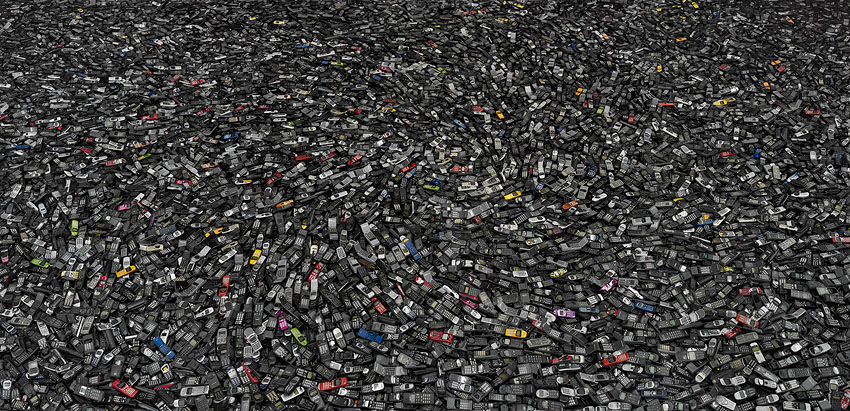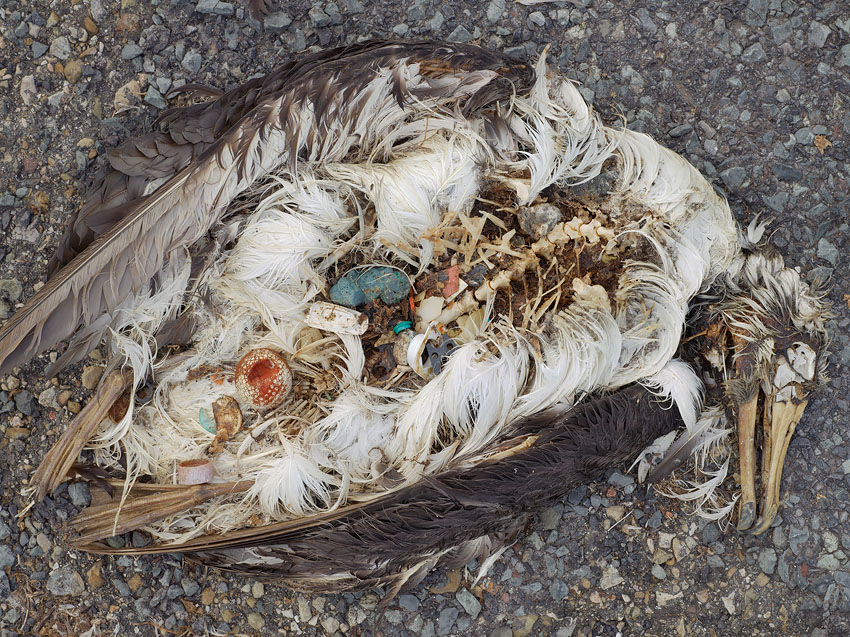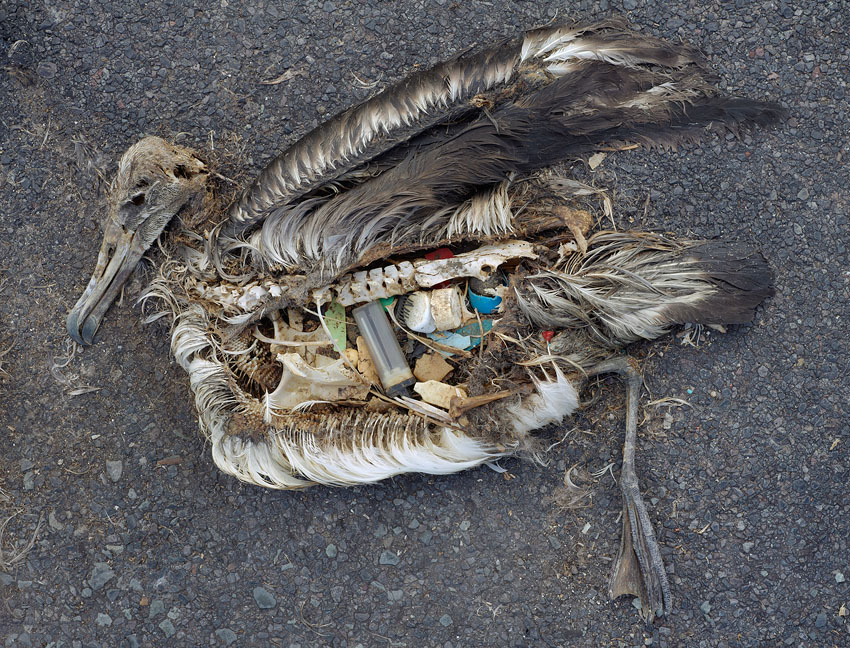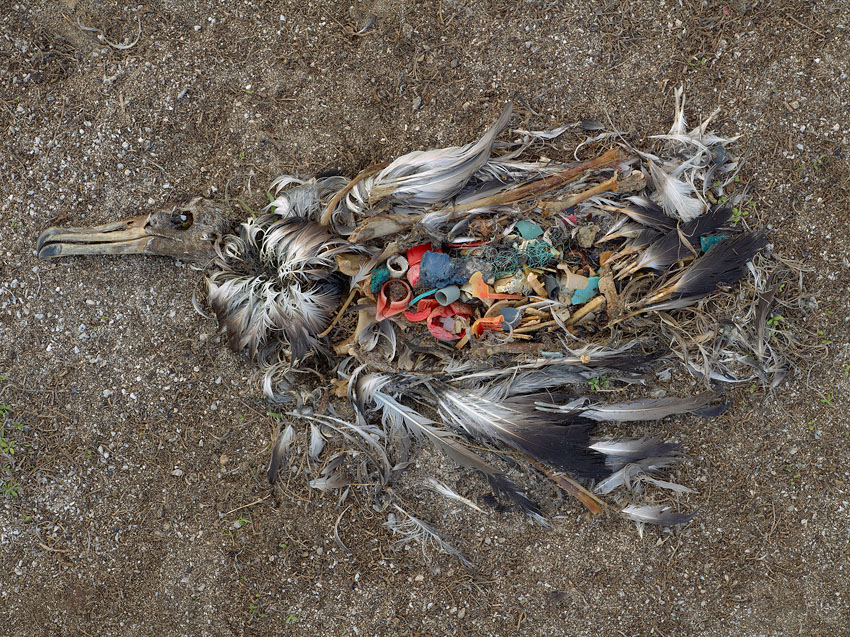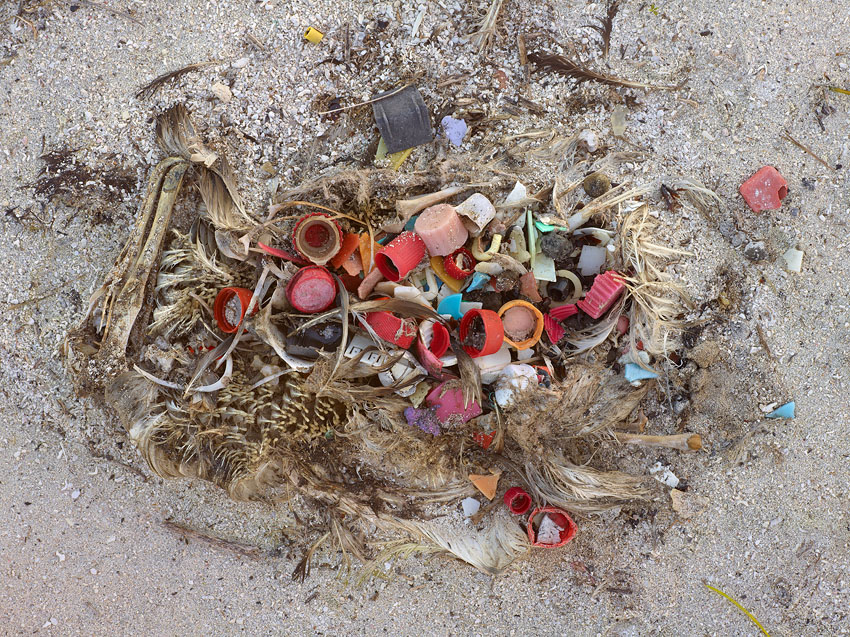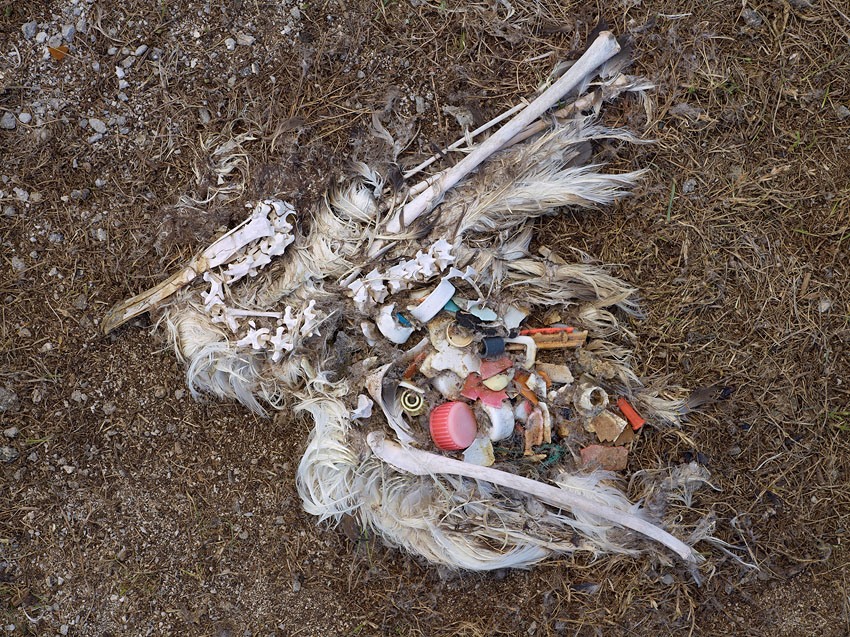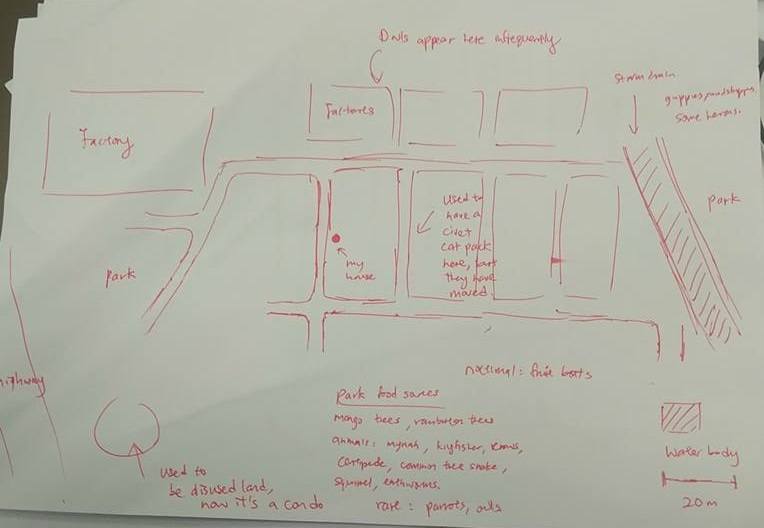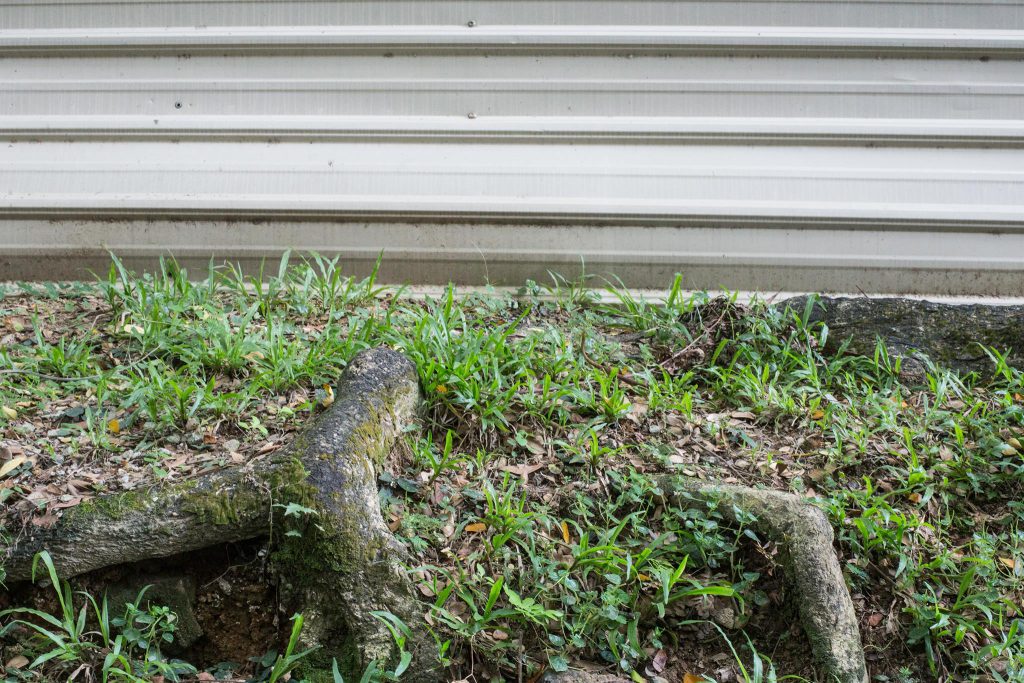Personally, my issue is with the Gifted Education Programme in Singapore. As a recipient of the GEP in primary school, in early Secondary school and the combined School-Based gifted education (replacing the full GEP in 2008), there has been many issues both in education pedagogy and emphasis on non-traditional education, while still being forced to streamline education as per MOE requirements.
Many of the GEP courses emphasise heavily on Sciences rather than the arts, and many students, me included, did not do well in spite of our giftedness and how ‘spending money on you is to ensure that results are achieved’, as spoken by an MOE education officer.
As such, many of my course mates did not proceed on to the usual A-level and subsequent University path, as the GEP programme, in spite of being supposed to put our intellectual ability to the best, has actually failed.
In secondary school, 3 of my classmates transferred out to the O Level class (instead of the usual direct A-Level through train programme), and were considered failures. One of them eventually dropped out of secondary school. After A Levels, one of the brightest pupils who have went through the GEP with me, opted out of getting a university education and instead went to do an apprenticeship as a chef. He is now a sous chef at a Two Michelin-starred restaurant. Another went to be a chef in Facebook Singapore’s kitchen. Yet another is now an animator. None of whom actually had the chance to take part in the arts, or in their hobby.
We did not do well, and were looked down on. Even our tutors said that there is no way that we could make it big, or make it to university even.
Is giftedness truly our Achilles’ heel?
My kindred issue locally would be conservation of our urban heritage in Singapore, or more succinctly, lack of conservation. In Singapore, since its colonisation in 1819, growth of the colony has attracted traders, laborers and migrants from all over the region, and Singapore eventually developed multi-ethnic neighbourhoods in several regions.
Ever since independence in 1965, Singapore has demolished many buildings with historic significance to make way for more utilitarian structures. Traditional Chinese shophouses were demolished to make way for residential housing, and even the oldest school in Singapore, the original Raffles Institution built circa. 1840, was demolished and replaced by Raffles City in the 1980s.
According to the priorities of Singapore during the transition period, the important matters were unemployment, poverty and poor infrastructure, and heritage was not a pressing matter then. As Singapore has developed, the government realised that heritage was necessary to preserve our past identity and culture.
However, the government’s conservation reeks of monetary concern; artifacts from the past becoming something that is just meant to impress and serves no other purpose, with most of their identity and culture lost.
Knowing Singapore’s government, where they cannot seem to overcome the important need of money, there is much that we can do regarding conservation, and to send the right message. It pains us to see that many of the places where the older generation grew up fondly in, schools and markets, houses and parks, are now just disjointed fragments of memory. In years, not even decades, we will face this issue as well, especially where our government selectively preserves structures based on their whim and fancy.
Personally, I have witnessed the demolition and rebuilding of my primary school (Kong Hwa School), removal of my haunt at Queenstown, my part-time job office at Funan, and my grandmother’s house at Bendemeer. In the future, would my memory of these places be as colourful and clear than if they were preserved?
My global issue would be on the prevention of unnecessary avian deaths as both a direct and indirect result on human activity.
Since the beginning of time, birds have their migratory abilities passed down through their lineages, either via mental maps, celestial bodies, or the length of the day. As human beings have developed technology and physical territory borders, there is massive international effort required for the protection of such species especially during migration. The longest known migratory path is that of the Arctic Tern, which migrates from the North Pole to Antarctica.
Some issues directly affecting migratory birds include hunting, use of pesticides, habitat loss for stopover areas, as a by-catch (Related more for seabirds), collision with man-made objects and disorientation due to light pollution at night. Climate change (due to gas emissions and deforestation) affects them indirectly as well.
On what an artist could do is possibly limited to a local level, as there is lots of geopolitical red tape to maneuver, and limited resources to do so with.
Perhaps the easiest way one could make a statement is via activism; though on which extent is yet to be determined.
